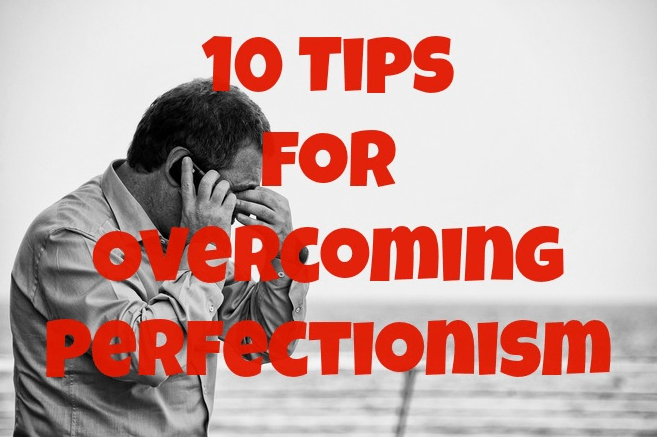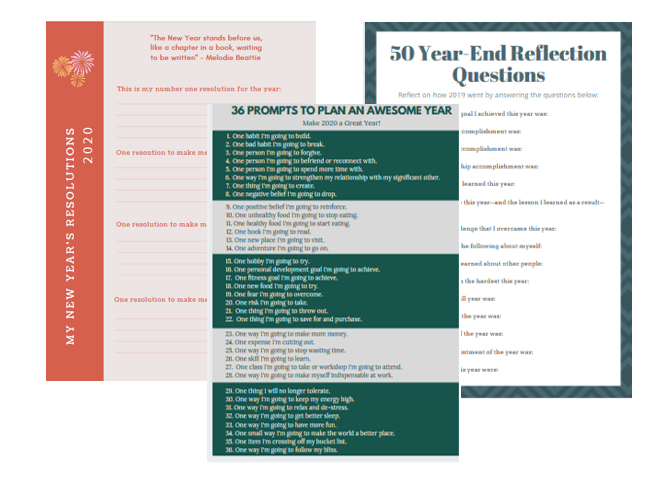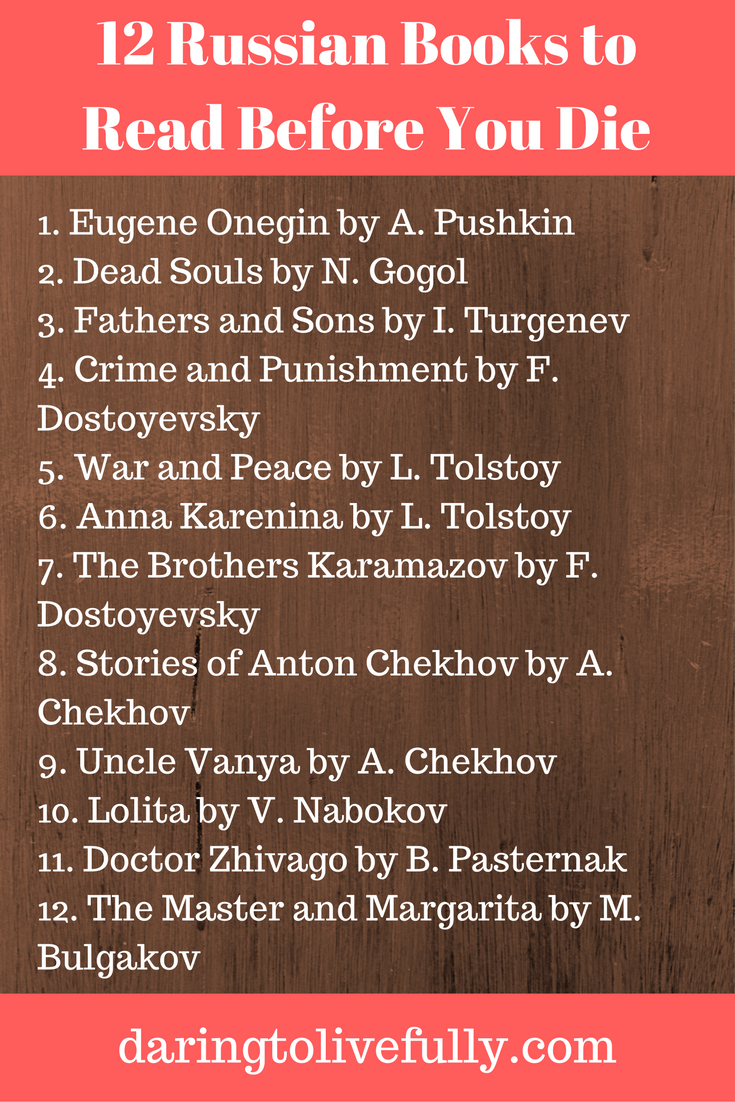
Perfectionism is a thief.
Perfectionism—refusing to stand for anything short of perfection–steals all of the following from you:
- It steals your joy.
- It steals your self-confidence.
- It steals your ability to get things done.
- It steals your passion.
- It steals your self-acceptance.
- It steals your ability to grow.
If you have perfectionist tendencies, as many people do, apply the 10 tips below for overcoming perfectionism:
 1. Recognize Perfectionism. Some people may not even realize that they’re perfectionists. They may be telling themselves that they just have high standards and strive for excellence. However, there’s a difference between excellence and perfectionism. The questions below can help you to identify whether you’re a perfectionist:
1. Recognize Perfectionism. Some people may not even realize that they’re perfectionists. They may be telling themselves that they just have high standards and strive for excellence. However, there’s a difference between excellence and perfectionism. The questions below can help you to identify whether you’re a perfectionist:
- Do you have trouble meeting your own standards?
- Do you have an overwhelming fear of failure?
- Do you think that mistakes are landmines (instead of stepping stones)?
- Do you find yourself missing deadlines because you can’t get yourself to stop going over your work?
- Do people often say that you have unrealistic expectations?
- Does your self-confidence depend on your accomplishments?
If you answered “yes” to any of the questions above, you may have a problem with perfectionism.
2. Learn How to Take Criticism. Nobody likes being criticized. However, some people know how to take criticism. They do the following:
- They evaluate who the criticism is coming from and question why that person is being critical.
- They identify anything in the criticism that they can use to improve.
- They simply discard any criticism that is unhelpful.
Other people deal poorly with criticism. These people do the following:
- They feel that any criticism, regardless of where it’s coming from, is a personal attack and a comment about their self-worth.
- Instead of looking for anything they can learn from the criticism, they just feel bad because they were criticized.
- They replay the criticism over and over in their heads.
Perfectionists tend to be in the second group: they’re devastated by criticism. Therefore, they try to avoid any criticism by always going over and beyond what’s expected of them. The idea is to be so meticulous, that no one could possibly find fault with what they did.
Well, guess what? Other people will always find a way disagree with you, criticize you, or point out improvements that need to be made, no matter how hard you try to do a “perfect” job. Hence, instead of trying to avoid criticism at all costs, a much better strategy is to learn how to take criticism.
3. Recognize the Difference Between Healthy Striving and Perfectionism. Wanting to improve yourself—whether it’s losing weight, increasing your running speed, reading more books, getting better at public speaking, and so on—is a good thing. However, there’s a difference between healthy striving and perfectionism.
Brené Brown– an American scholar, author, and public speaker–describes healthy striving as seeking excellence from a place of wholeness. That is, you’re happy with who you are, and you know that you can be even better.
Perfectionism, on the other hand, comes from a feeling of not being good enough. People who are perfectionists think that if they achieve X or Y standard, they’ll finally be able to feel good about themselves.
To put it another way, healthy striving is about honoring yourself by endeavoring to achieve your full potential. Perfectionism is about dishonoring yourself by telling yourself that there are certain things that you need to achieve before you’re “enough”.
4. Set Realistic Goals. Perfectionists set goals that are completely out of their reach. Then they spend a few months feeling angry and frustrated because no matter what they do their goal is still way off in the distance. The solution to this is to start setting realistic goals.
Realistic goals are just out of your reach. They require you to stretch some, but allow the likelihood of success. Once you reach your realistic goal, set another goal that’s just a little farther off. Keep going in this way and you’ll soon realize that you’ve made a lot of progress.
5. Identify the “Must-Haves” and the “Nice-to-Haves”. Suppose that you’re house-hunting. The first thing that you need to do is to identify your “must-have” features. These might be something like the following:
- Three bedrooms and 2.5 bathrooms.
- A large kitchen.
- Quiet neighborhood.
- Good school district.
- Lots of light.
Then think of your “nice-to-have” features. These could include the following:
- A fireplace.
- A swimming pool.
- A patio.
- A den.
Now you have two choices. You can either search for a house that includes just your “must-have” features”, or you can search for a house that includes both your “must-have” and your “nice-to-have” features.
Of course, a house that contains both kinds of features will take longer to find and it will cost more. So the question becomes: Are you willing to pay the extra price — in terms of both time and money–for the “nice-to-have” features?
You should ask yourself these same questions for anything that you do:
- A report you have to hand in to your boss.
- A project for a client.
- The vase that you’re making for your pottery class; and so on.
What are the “must-have” features? Which are simply “nice-to-have” features? Although perfectionists have a tendency to want to include the “nice-to-have” features in everything that they do, in most cases, the “must-have” features are good enough.
Include the “nice-to-have” features only if it’s something that’s worth the extra effort, and you have the necessary time and resources to do so.
6. Lower Your Standards. A big problem for perfectionists is setting standards that are way too high. You can correct this problem by lowering your standards. Instead of aiming for what you consider to be 100%, aim for what looks like a 90% effort to you. Then, analyze what happened:
- Did the sky come crashing down?
- Was your boss upset because the project wasn’t good enough?
- Did someone complain?
- Was the client disappointed?
- Are there any negative consequences?
If everything was fine at your 90% effort, try lowering your standards to 80%. Is everything still OK? Then consider lowering your standards further still.
Of course, your aim here isn’t to start doing things subpar, but to test your standards with the goal of making them more realistic.
7. Try New Things. Perfectionists have a tremendous fear of making mistakes. And all this does is hold them back. After all, making mistakes is how we grow. In addition, being able to tolerate mistakes is a vital component of innovation and risk taking.
One way to overcome your fear of making mistakes is by trying new things. When you’re learning something new you’re far from perfect. In fact, just the opposite. You make mistakes, you fall, and you make a mess of things.
By allowing yourself to make mistakes in areas in which you’re a total newbie, you’ll become more comfortable with making mistakes, in all areas of your life.
8. Move Away from Anything that Reinforces Your Perfectionist Tendencies. A while ago I was watching a TV show in which the protagonist was this gorgeous woman who was a brilliant neurosurgeon. She had attended top learning institutions in the US and she spoke several languages. When they mentioned that she was also a marathon runner, I changed the channel.
The world around us sets impossibly high standards:
- Business gurus tell us to always over-deliver.
- You constantly hear slogans like the following: “No one remembers who came in second.”
- Every magazine that you open is filled with models with flawless bodies.
- Everyone on Facebook pretends to have a perfect marriage, perfect kids, a perfect house, a perfect business . . .
It just doesn’t end. Move away from all of the stimuli that reinforces your perfectionist tendencies:
- Stop reading magazines that make you feel like a failure.
- Unfollow anyone on Twitter who is constantly going on and on about how perfect their life is.
- Stop hanging out with people who make you feel like nothing you do is ever good enough.
Instead, do this:
- Read material that empowers you.
- Surround yourself with people who accept you as you are and encourage to be even better.
- Follow people on social media that inspire and motivate you.
9. Accept that You’ll Never Be Finished. The other day I was reading an article written by a woman with baby twin boys. She was complaining that she was never done.
If one twin was crying and she finally managed to get him to sleep, a minute later the other twin would wake up and start crying. As soon as she changed one twin’s diaper, the other twin needed to be changed.
That’s what life is like. Look at the following:
- You may have achieved your ideal weight and be doing really well at work, but then your significant other loses his job and your relationship starts to suffer due to the stress this causes.
- Then you get your relationship back on track, but your boss leaves and her replacement is impossible to deal with.
- You spend a couple of months looking for a new job, and you find something that’s even better than the job you had before. However, while you were busy job hunting you didn’t have time to exercise, so you gained weight.
See how that goes? Life is in a constant flux. Even if you manage to get to a point where absolutely everything in your life is “perfect”—and this is a very big “if” –it’s almost guaranteed that it will be short lived. In order to overcome perfectionism, accept that you’ll never be “finished”.
10. Enjoy the Ride. Perfectionists keep their eyes firmly focused on the destination. That’s all that matters to them. In fact, they’re so focused on the destination, that they fail to enjoy the ride.
In order to overcome your perfectionist tendencies, keep in mind that the destination is just the cherry on top. The journey is the ice cream, the fudge, the whipped cream, the caramel, and the marshmallow crème. Look at the following:
- You haven’t run a 10K yet, but feel satisfied that today you ran 6 kilometers.
- You can’t leave your day job yet, but be proud that your side business is growing day by day.
- You still can’t play Beethoven’s Moonlight Sonata on the piano, but play those pieces that you do know with joy.
Conclusion
Refuse to allow perfectionism to continue wreaking havoc on your life. Start by applying the 10 tips above. Live your best life by overcoming perfectionism.





Related Posts:
















 Marelisa Fabrega is a lawyer and entrepreneur. She holds a Bachelor of Science in Business Administration from Georgetown University in Washington, D.C., as well as a Juris Doctor from the Georgetown University Law Center. You can learn more about her
Marelisa Fabrega is a lawyer and entrepreneur. She holds a Bachelor of Science in Business Administration from Georgetown University in Washington, D.C., as well as a Juris Doctor from the Georgetown University Law Center. You can learn more about her 





